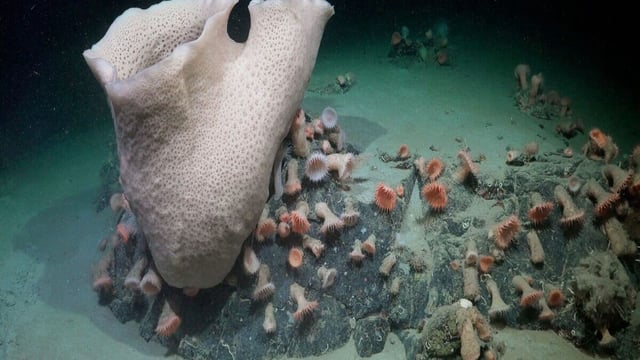Overview
- The calving of iceberg A-84, a 510-square-kilometer ice mass, exposed a previously inaccessible seafloor under the George VI Ice Shelf in Antarctica.
- Researchers aboard the Schmidt Ocean Institute’s R/V Falkor (too) found a vibrant ecosystem featuring corals, sponges, icefish, giant sea spiders, and octopuses.
- The ecosystem, likely developed over decades or centuries, raises questions about how life sustains itself in nutrient-limited environments beneath thick ice sheets.
- Data collected during the expedition is being analyzed to improve projections of climate change impacts, including Antarctic ice sheet changes and global sea level rise.
- The use of advanced technology, such as the ROV SuBastian, enabled exploration at depths of up to 1,300 meters, revealing potential new species and advancing deep-sea research.


